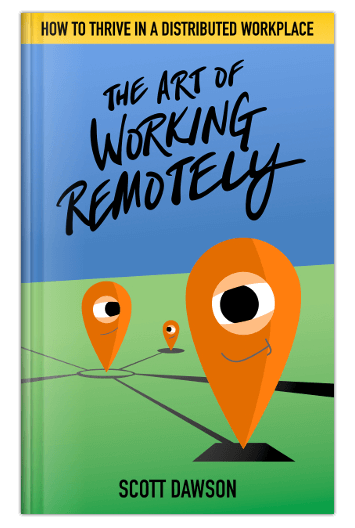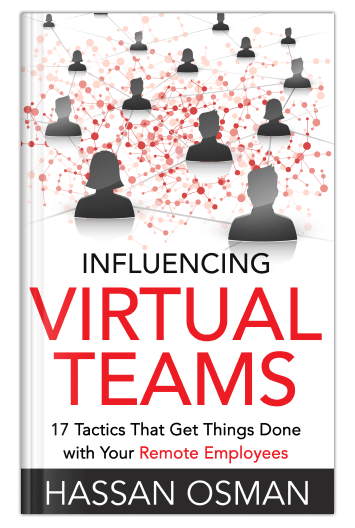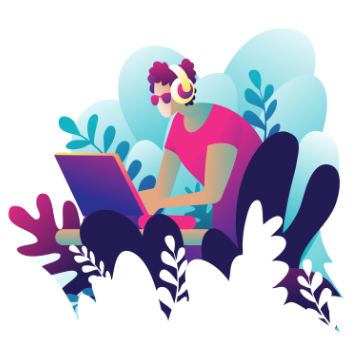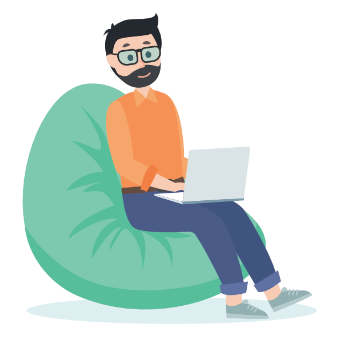If you’re a designer or developer, chances are you’ve made the shift to working from home in the past couple of weeks.
To help manage the change, we thought we’d share some of our best resources on working remotely — starting with some books…
 If you work from home, a co-working space, or coffee shop, this book is for you. Discover how to set up a quality workspace. Learn the behaviors and practices that contribute to remote worker success. You, too, can thrive in a distributed workplace.
If you work from home, a co-working space, or coffee shop, this book is for you. Discover how to set up a quality workspace. Learn the behaviors and practices that contribute to remote worker success. You, too, can thrive in a distributed workplace.
 Learn the psychological secrets of persuasion that influence your remote employees to do what you need them to do. In “Influencing Virtual Teams” you’ll get step-by-step tactics that you can implement straightaway with your team to improve your team’s engagement and commitment to doing their work.
Learn the psychological secrets of persuasion that influence your remote employees to do what you need them to do. In “Influencing Virtual Teams” you’ll get step-by-step tactics that you can implement straightaway with your team to improve your team’s engagement and commitment to doing their work.
 Projects are the lifeblood of organizations, but many projects fall short of expectations because of poor project management and/or poor project sponsorship. In The Project Book, Colin D Ellis teaches you the skills and behaviors required to make your projects succeed, every time.
Projects are the lifeblood of organizations, but many projects fall short of expectations because of poor project management and/or poor project sponsorship. In The Project Book, Colin D Ellis teaches you the skills and behaviors required to make your projects succeed, every time.
Articles
 Make WFH a productive, happy work experience and avoid endless hours of misery, loneliness, and frustration.
Make WFH a productive, happy work experience and avoid endless hours of misery, loneliness, and frustration.
 Kate Kendall looks at how remote work has drifted from its asynchronous potential – and what we can do to get it back there.
Kate Kendall looks at how remote work has drifted from its asynchronous potential – and what we can do to get it back there.
 Daniel Schwarz explores the downsides of remote work and offers tips for aligning your mind and body to make remote working work for you.
Daniel Schwarz explores the downsides of remote work and offers tips for aligning your mind and body to make remote working work for you.
 Joshua Kraus explores how to conduct a remote job search, impress remote employers, nail interviews and land a remote job that best fits your needs.
Joshua Kraus explores how to conduct a remote job search, impress remote employers, nail interviews and land a remote job that best fits your needs.
Get access to our 400+ books and courses
Join SitePoint Premium today and get access to all these books, plus over 400 other books and courses, for $3/month for your first three months ($9/month thereafter, cancel anytime).
Get access now for $3/month.
Need a remote job?
Search hundreds of remote jobs on SitePoint Remote, with over 20 new jobs posted each day.
Find a remote job.














